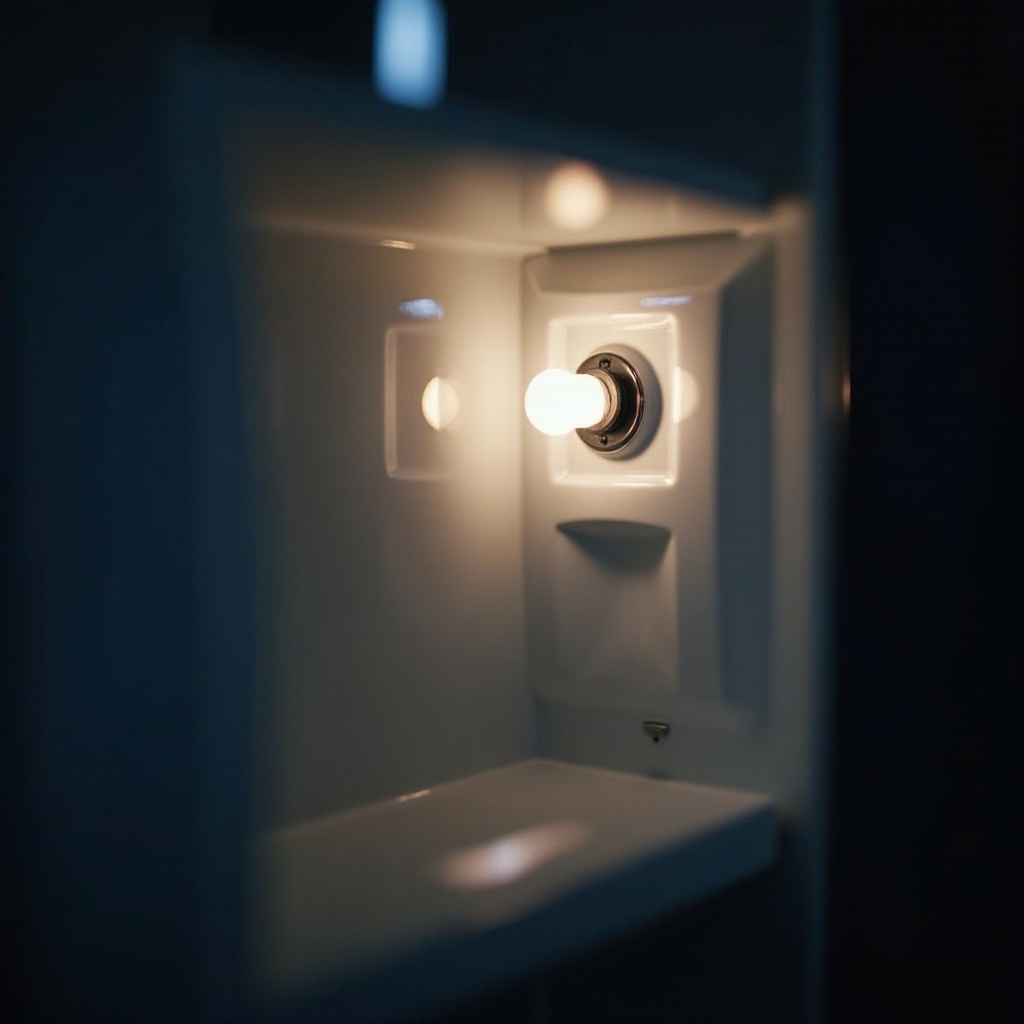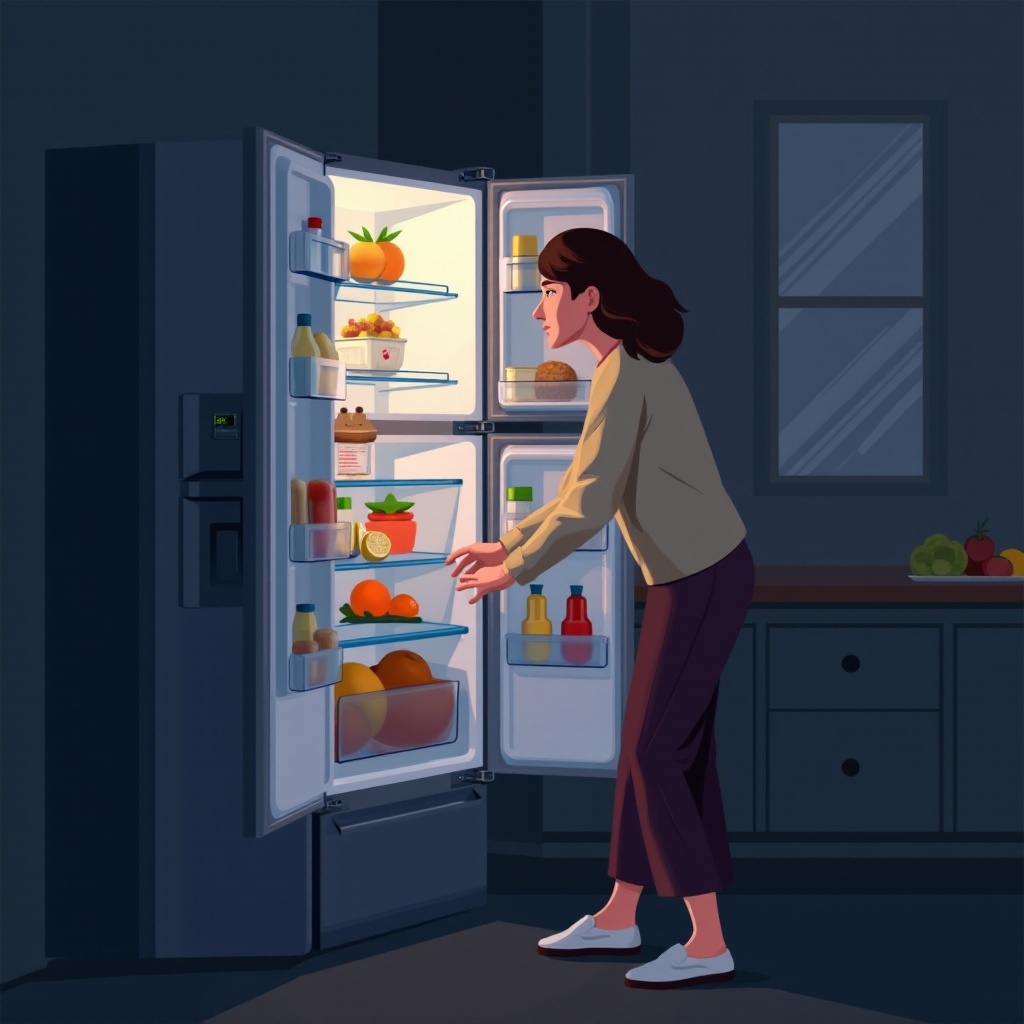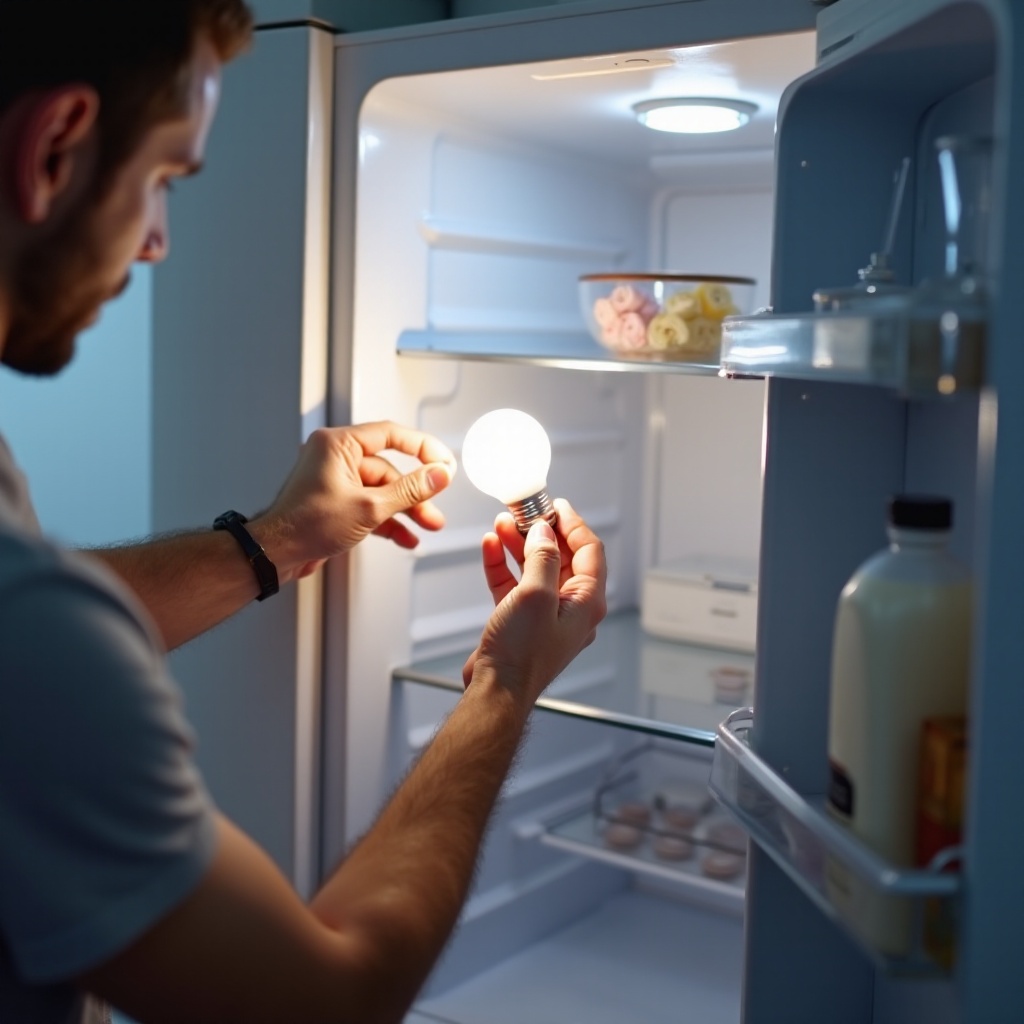Introduction
The refrigerator light is an essential part of your kitchen appliance, helping you find what you need quickly and easily. But what happens when you replace the bulb and it still doesn’t work? This common issue can be frustrating, but understanding the possible causes and solutions can help you resolve it. Let’s dive into the nitty-gritty of why your refrigerator light isn’t working even after replacing the bulb.

Importance of Refrigerator Light & Common Issues
The refrigerator light is more than just a convenience. It plays a vital role in helping you organize and locate items within your fridge. Without it, you may find yourself fumbling around in the dark, which can be both annoying and time-consuming. Common issues with refrigerator lights include faulty bulbs, electrical problems, and malfunctioning light switches.

Initial Checks Before Replacing the Light Bulb
Before jumping to conclusions, perform some basic checks to ensure the problem isn’t something simple.
- Confirming the Power Supply: Make sure your refrigerator is plugged in and receiving power. Check other appliances connected to the same outlet to rule out power issues.
- Understanding How the Light Switch Works: The light switch is usually located inside the door frame. Open and close the door to see if the switch engages correctly. Sometimes, dirt and debris can cause the switch to stick.
Once these preliminary checks are out of the way, you can proceed with replacing the bulb.
Correct Method to Replace the Light Bulb
Replacing the light bulb might seem straightforward, but it’s important to do it correctly to avoid further issues.
- Identifying the Right Bulb for Your Refrigerator: Not all bulbs are the same. Check your refrigerator’s manual to identify the correct type of bulb.
- Step-by-Step Replacement Guide:
- Unplug the refrigerator to ensure safety.
- Remove the light cover or lens.
- Gently unscrew the old bulb and replace it with the new one.
- Reattach the cover and plug the fridge back in.
Even after taking these steps, the light might still not work. This indicates the problem could be more complex.

Troubleshooting Post-Replacement Issues
If the light still doesn’t work after replacing the bulb, additional troubleshooting is needed.
- Ensuring the Bulb is Properly Installed: Double-check that the bulb is securely fastened and seated correctly.
- Inspecting the Door Switch: If the door switch is faulty, the light won’t turn on. Use a multimeter to test the switch for continuity.
- Checking the Light Socket: Inspect the light socket for signs of wear or corrosion. A damaged socket can prevent the bulb from working correctly.
Investigating Electrical Components
When basic troubleshooting doesn’t resolve the issue, the problem might be electrical.
- Checking the Wiring and Connections: Faulty wiring or loose connections can interfere with the light functioning. Inspect the wiring for any visible damage.
- Understanding Advanced Electrical Issues: If you’re comfortable with more in-depth electrical work, use a multimeter to test for voltage at the socket. This helps determine if the issue lies in the broader electrical system.
In many cases, if the wiring or electrical components are the problem, it could be challenging to fix on your own.
When to Call for Professional Help
If the problem persists despite your best efforts, it’s time to call a professional.
- Recognizing Complex Electrical Problems: Professionals have the tools and knowledge to diagnose issues that are beyond basic troubleshooting.
- Benefits of Professional Diagnosis: A professional can not only fix the current problem but also identify any underlying issues that may cause future problems.
Conclusion
Fixing a refrigerator light that isn’t working even after replacing the bulb might require some effort, but it’s often manageable with the right approach. Always start with basic checks and step-by-step troubleshooting, and don’t hesitate to call a professional if needed. By following these guidelines, you can keep your refrigerator running smoothly and ensure that its light functions properly.
Frequently Asked Questions
What if the light bulb continues to burn out quickly?
Frequent burnout can be caused by an incorrect bulb type, faulty wiring, or issues with the light socket. Verify you are using the right bulb and inspect for any visible electrical issues.
Can a faulty light affect other parts of my refrigerator?
Usually, a faulty light won’t affect other parts, but it can be indicative of broader electrical issues that might impact the appliance’s overall performance.
How often should the refrigerator light be checked or replaced?
Check the refrigerator light periodically, especially if it starts to flicker or dim. Replace the bulb if you notice any signs of wear or if the light stops working consistently.
